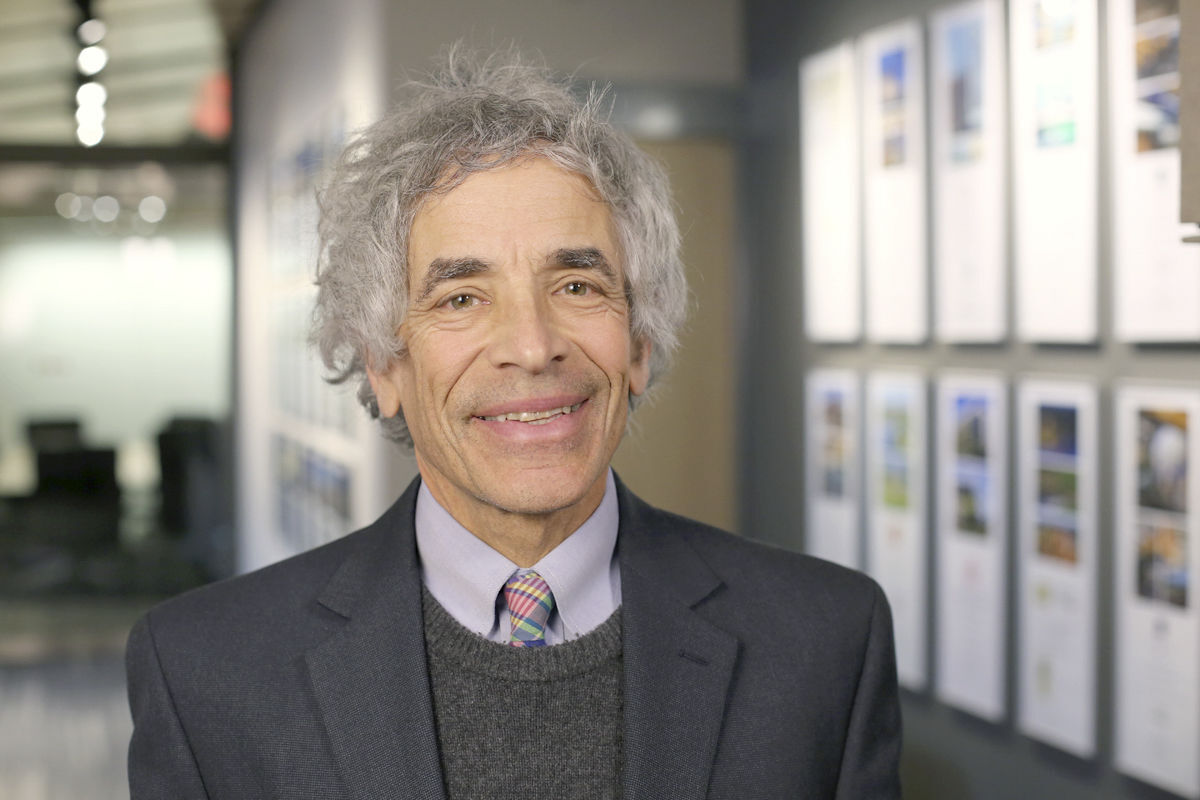ASBURY, Iowa — City of Asbury officials were presented this week with two options for future housing growth: continue their current path of developing higher-priced, single-family homes or switch gears and develop more affordable offerings.
“When we look at anything under $200,000, it’s really not available unless it’s older housing,” Marty Shukert, of consulting group RDG Planning and Design, told City Council members. “This all leads to a debate about whether Asbury wants to continue (developing) a higher-end product at a lower rate versus opening up to a broader population.”
Shukert this week presented council members with the results of a housing study commissioned last year to assess the city’s current stock.
Consultants met with stakeholders such as developers and real estate agents to gain a better perspective on the city’s housing market and what it lacks, Shukert said.
“We talked to the public sector or people who are in one way or another involved in housing,” he said. “A lot of what we reflect in the report are things that people told us.”
During the first years of the 21st century, Asbury developed swiftly as growth from Dubuque spilled over into the city. From 2000 to 2010, Asbury’s population increased by 70%, driven largely by parents in their late 20s to mid-40s with young children.
Development in the city has since slowed, though the median home value has risen from $210,000 in 2010 to $255,000 in 2018.
“A lot of the production in Asbury in the last 10 years has been higher (cost) single-family and senior living,” Shukert said. “That is less attainable to millennials. It’s really that issue of affordability and the direction the city might want to go in the future.”
Other issues city leaders have to keep in mind are where they can build homes and the impacts of COVID-19 on the housing market, he said.
Although building higher-density homes such as duplexes and apartments is more economical for developers, many buyers want to be more spread out in low-density, single-family homes.
“Rising construction and development costs lead us toward higher densities in one direction, but the greater separation that COVID is bringing is leading us to lower densities in the other direction,” Shukert said.
Mayor Jim Adams said he is eager to analyze the study’s findings with council members in the coming months before making any decisions about their direction for future residential developments.
“There are ways for the city to grow,” he said. “Do we want large houses with a lot of value, or do we want more houses with higher density and lower value? There are decisions the council is going to have to make in terms of how they want the housing to look in the future.”


